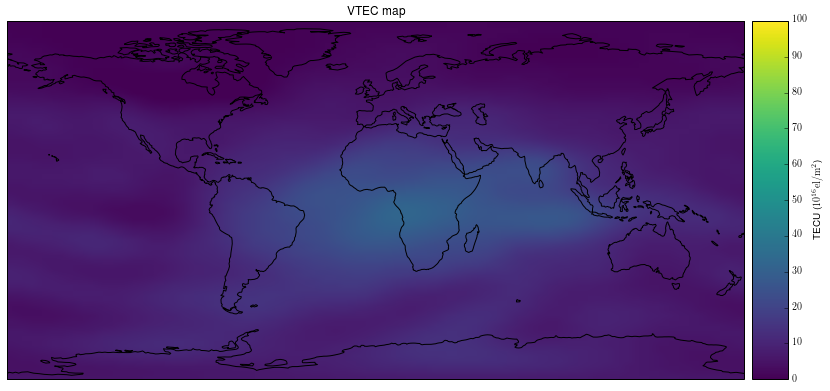The well known Arecibo observatory, besides being used as a radiotelescope and planetary radar, has a powerful HF transmitter that is used to artificially excite the ionosphere, in order to study ionospheric effects using 430MHz incoherent scatter radar. More information about this can be found in the HF proposals page of the observatory web, and in this poster that details the characteristics of the HF facilities.
The HF transmitter has a power of up to 600kW and can use the frequencies 5.1MHz and 8.175MHz. At those frequencies, the dish has a gain of 22dB (13º beamwidth) and 25.5dB (8.5deg) respectively, so the power that is beamed up to the ionosphere is huge. The 430MHz incoherent scatter radar is even more powerful, with up to 2MW. For an introduction to ionospheric incoherent scatter radar, see this lecture by Juha Vierinen, which explains why such huge powers are needed, due to the very weak radar return of ionospheric plasma.
A few days ago, on Wednesday 24, Chris Fallen tweeted that the Arecibo transmitter was active at 5.1MHz. According to the telescope schedule, which can be seen in the figure below (click on the image to view it in full size), there was an experiment that involved the HF transmitter on 2020-06-24 from 18:00 to 22:00 UTC, on 2020-06-25 from 17:00 to 21:00 UTC, and on 2020-06-26 from 17:00 to 21:00 UTC.
